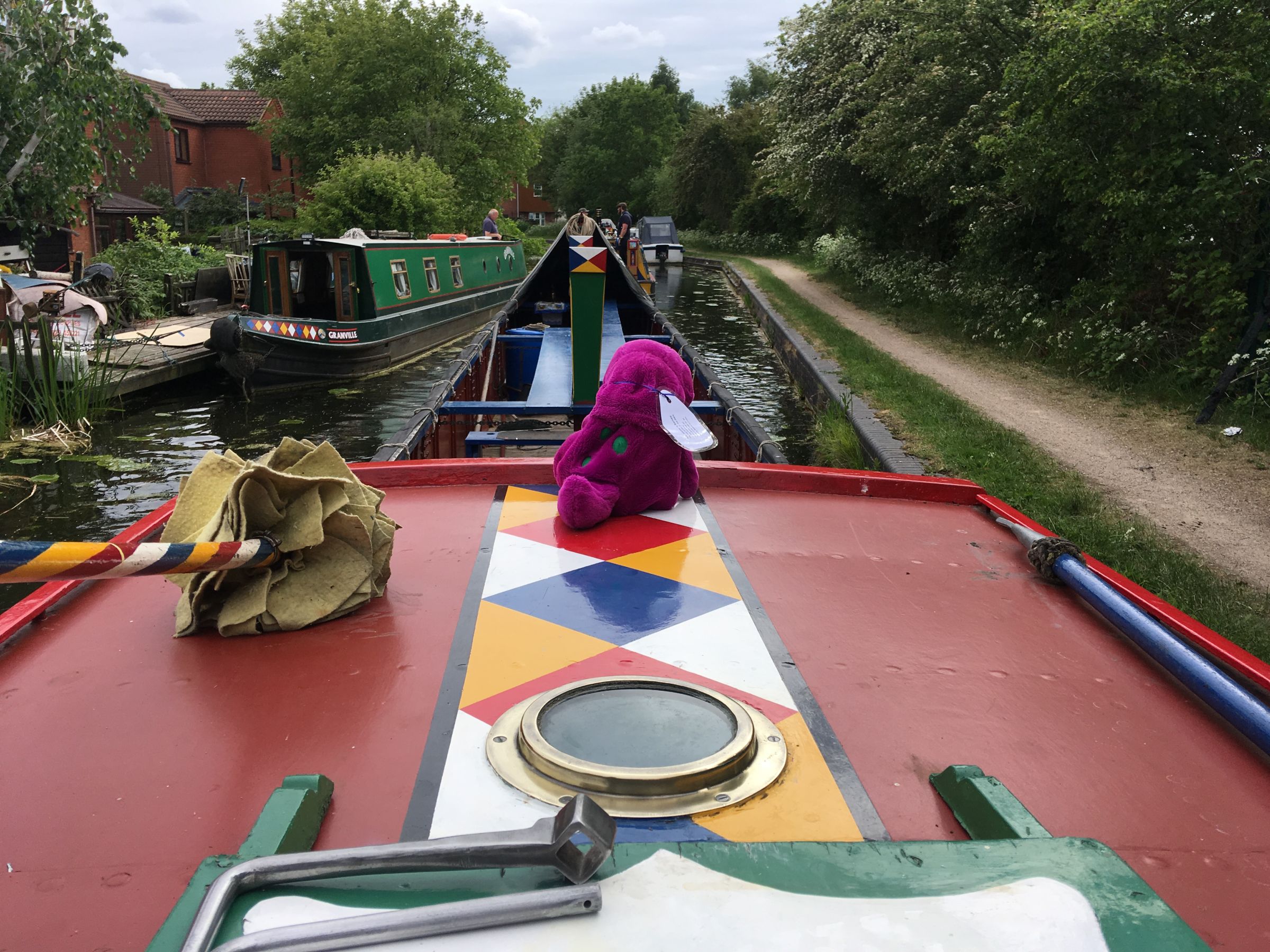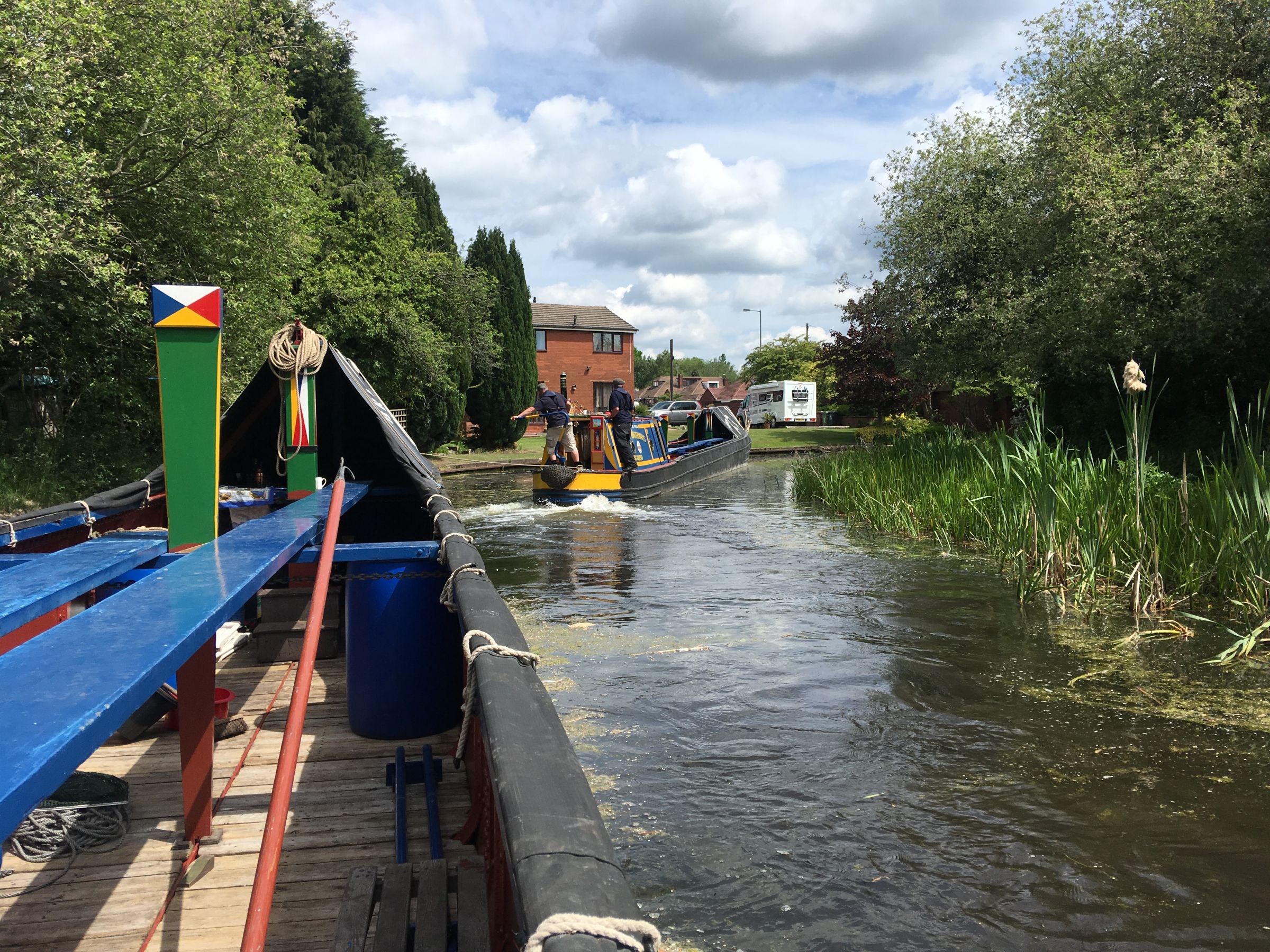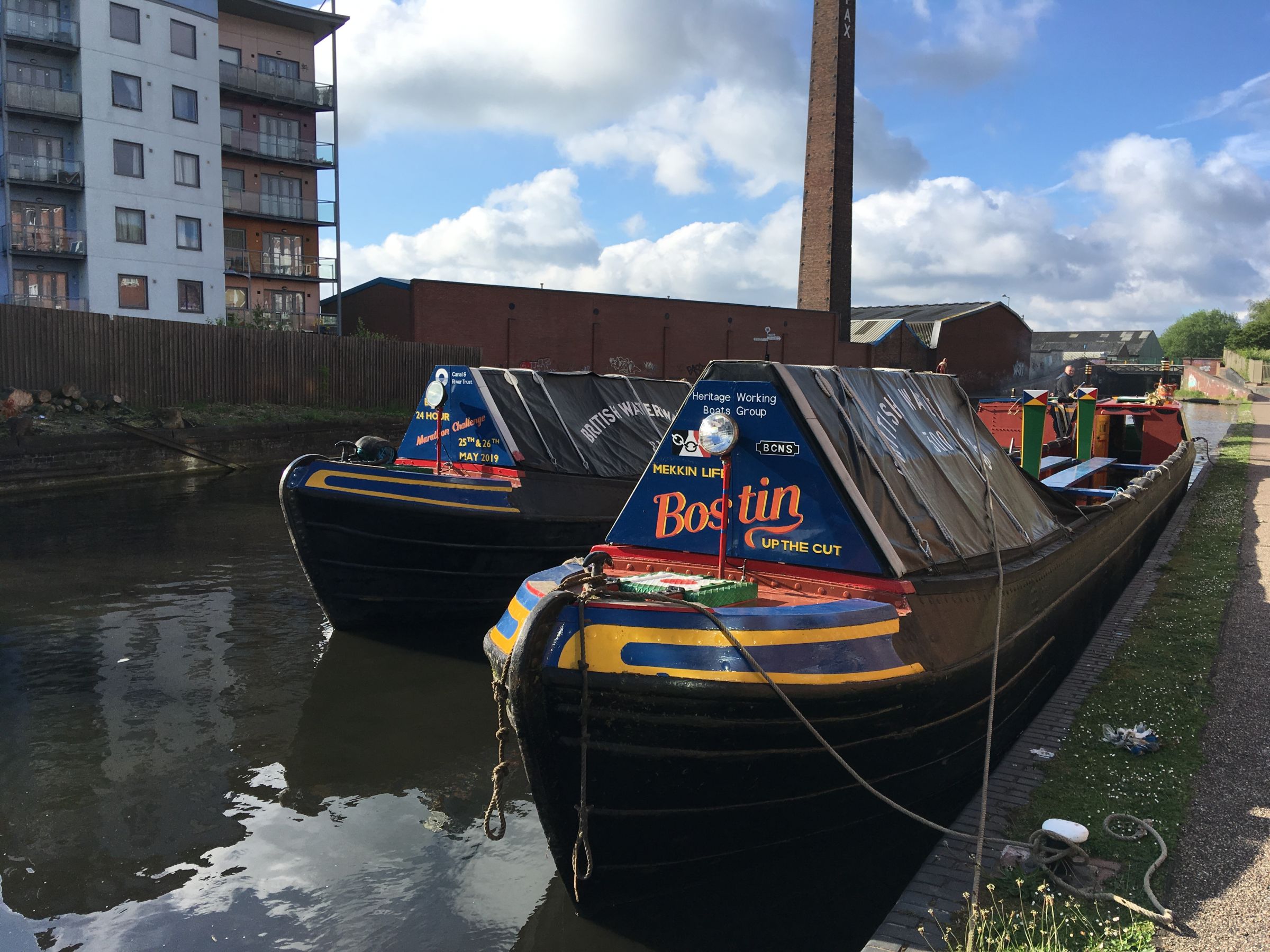It appears to be a plan which focuses the predominant volume of work on the north. Given recent failures maybe that’s no bad thing and is necessary. Better that extended closures are scheduled than done as emergencies.
During the first six week period in November and December I could still cruise from my home mooring to the limits of the CRT network on the Severn at Sharpness, the Trent at Gainsborough and to Uxbridge with all available routes connecting around Birmingham. Going north east is restricted.
In the post-Christmas period which is ten weeks long I can still reach Sharpness, Stratford, Shardlow, Leamington, bottom of Atherstone, Macclesfield, Middlewich, top of Audlem and the BCN via Lapworth, Salford and the Tame Valley. That’s a bigger range than I have ever cruised in any given year when everything is scheduled to be open.
I doubt many boats without home moorings will be naturally affected and you don’t actually have to move many times to remain compliant with the law within the two main periods of stoppages, particularly the first one. The biggest issue in that respect may be the 5 month closure of the GU between Bulls Bridge and Cowley with no reopening over Christmas.
JP







